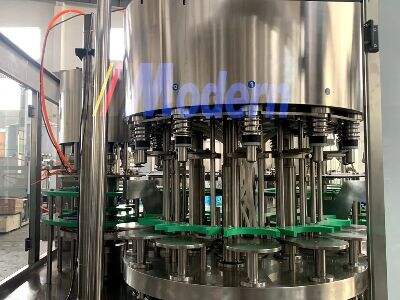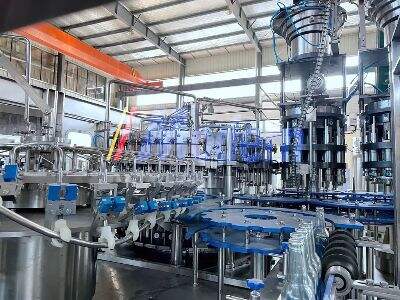The Efficiency of Automation in Bottle Filling
Lastly, automation is essential in todays bottle filling lines. It simplifies the challenge of bottling liquids like water, juice, and soda. The benefits of automation in bottle filling can help improve overall quality control, reduce costs and increase efficiency in the process
Advantages of Automation in Bottling Filling Line
Automation offers many benefits in bottle filling lines. Indeed the major benefit will be enhancing production capacity with consistent quality in it. It in addition also help to avoid any human error and thereby reduce the bad product or waste. Furthermore, automation also helps companies to economize time and money by streamlining resource usage and reducing downtime

Optimizing the Productivity Of Bottle Filling Processes
Bottle filling operations become more productive with automation. Automation can help companies scale up by offering faster production output with reduced time to fill, cap and label bottles. In turn, the employees can spend time on other important tasks like quality control and maintenance which results in a more streamlined and effective operation process
How Automation in Bottle Filling Lines Has Changed over the Years
Automation of bottle filling lines has certainly come a long way throughout the years. Previously, bottling was done by hand which caused variation in the quality and production of the product. But fortunately today, all the bottle filling operations from the beginning to end have become automatic due to tech advancements in companies. The line produces faster, more cost-effectively and runs smoother when filling bottles
Automation and Filling Balances
Consistency in filling accuracy is one of the most vital elements to bottle filling operations. Whether filling lagers, ales or IPAs, automation ensures swift and consistent fill levels for every bottle. This ensures the quality of the products and meets customer satisfaction while minimizing waste and rework. It also handles real-time monitoring and adjustments to maintain filling accuracy over the entire production process as well


